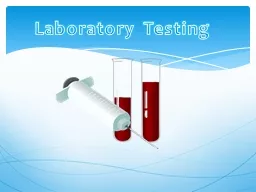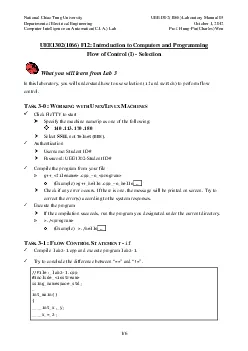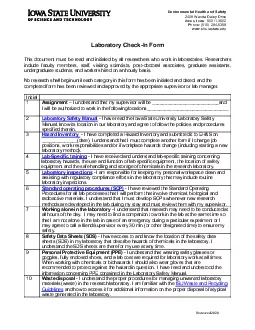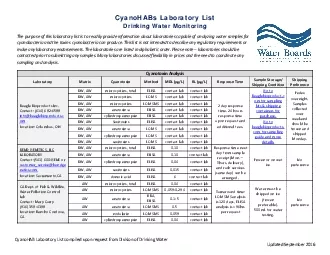PPT-Laboratory Testing Information Regarding Lab Testing can be found on the Intranet
Author : cheryl-pisano | Published Date : 2018-11-06
For Adults Order of Draw Why Most tubes contain an additive or clot activator that needs to be mixed with the blood sample Tubes with anticoagulants such
Presentation Embed Code
Download Presentation
Download Presentation The PPT/PDF document "Laboratory Testing Information Regarding..." is the property of its rightful owner. Permission is granted to download and print the materials on this website for personal, non-commercial use only, and to display it on your personal computer provided you do not modify the materials and that you retain all copyright notices contained in the materials. By downloading content from our website, you accept the terms of this agreement.
Laboratory Testing Information Regarding Lab Testing can be found on the Intranet: Transcript
Download Rules Of Document
"Laboratory Testing Information Regarding Lab Testing can be found on the Intranet"The content belongs to its owner. You may download and print it for personal use, without modification, and keep all copyright notices. By downloading, you agree to these terms.
Related Documents














